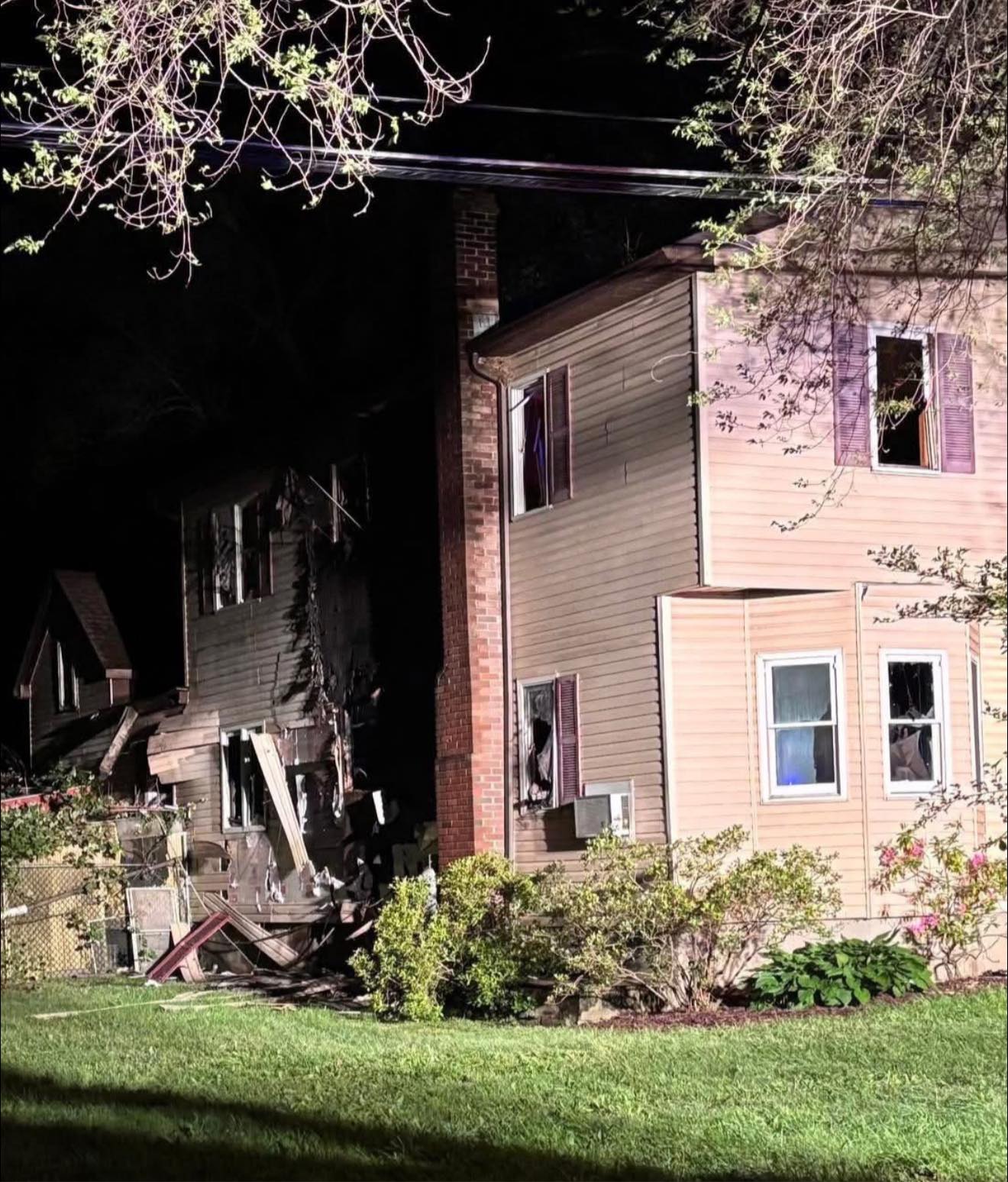On February 13, 2025, the Ramapo Police Department received a report from a concerned parent regarding an interaction at a school bus stop in Airmont. The parent reported that a male motorist, driving a white SUV, stopped at the bus stop and offered a ride to her daughter. The student declined, and the vehicle drove away.
Ramapo officers and detectives promptly launched an investigation to identify the driver. This involved reviewing video footage, license plate reader (LPR) data, DMV records, and other investigative techniques. Detectives were able to identify the driver as a male resident of Airmont, New York.
The subject was interviewed and stated that due to the cold temperatures, he offered the student a ride to school, like he has done within his community in the past without incident. After discussing the situation with officers, he acknowledged that this could be viewed as concerning in today’s climate. Our detective strongly suggested he not offer this type of assistance under these circumstances going forward. His account of the incident concurred with the student’s statement that a white SUV approached, and the driver asked if she needed a ride to school. She said “no,” and the driver asked, “Are you sure?” She said “yes,” and he drove away.
Our detectives, collaborating with the law enforcement intelligence community, confirmed no previous reports of similar incidents involving this subject. There is no provision in New York State law that would have authorized officers to make a probable cause arrest based on the specific facts and circumstances of this case.
On Friday, Ramapo Police officers were present at the bus stop, supplemented by our DFR Unmanned Aerial System, which serves as a force multiplier for public safety. We will continue to patrol school bus stops as a routine police function.
This incident may serve as a valuable opportunity for parents and guardians to speak to their children about school bus stop safety and “stranger-danger” in general.
As of today, the RPD has conducted 1,345 self-initiated school related checks this year, reflecting an increase of approximately 2.5 percentage points compared to the same period last year. This total includes checks of school buses and school bus stops.


 Police/Fire/EMS1 week ago
Police/Fire/EMS1 week ago
 Community1 week ago
Community1 week ago
 Politics1 week ago
Politics1 week ago
 Government1 week ago
Government1 week ago














